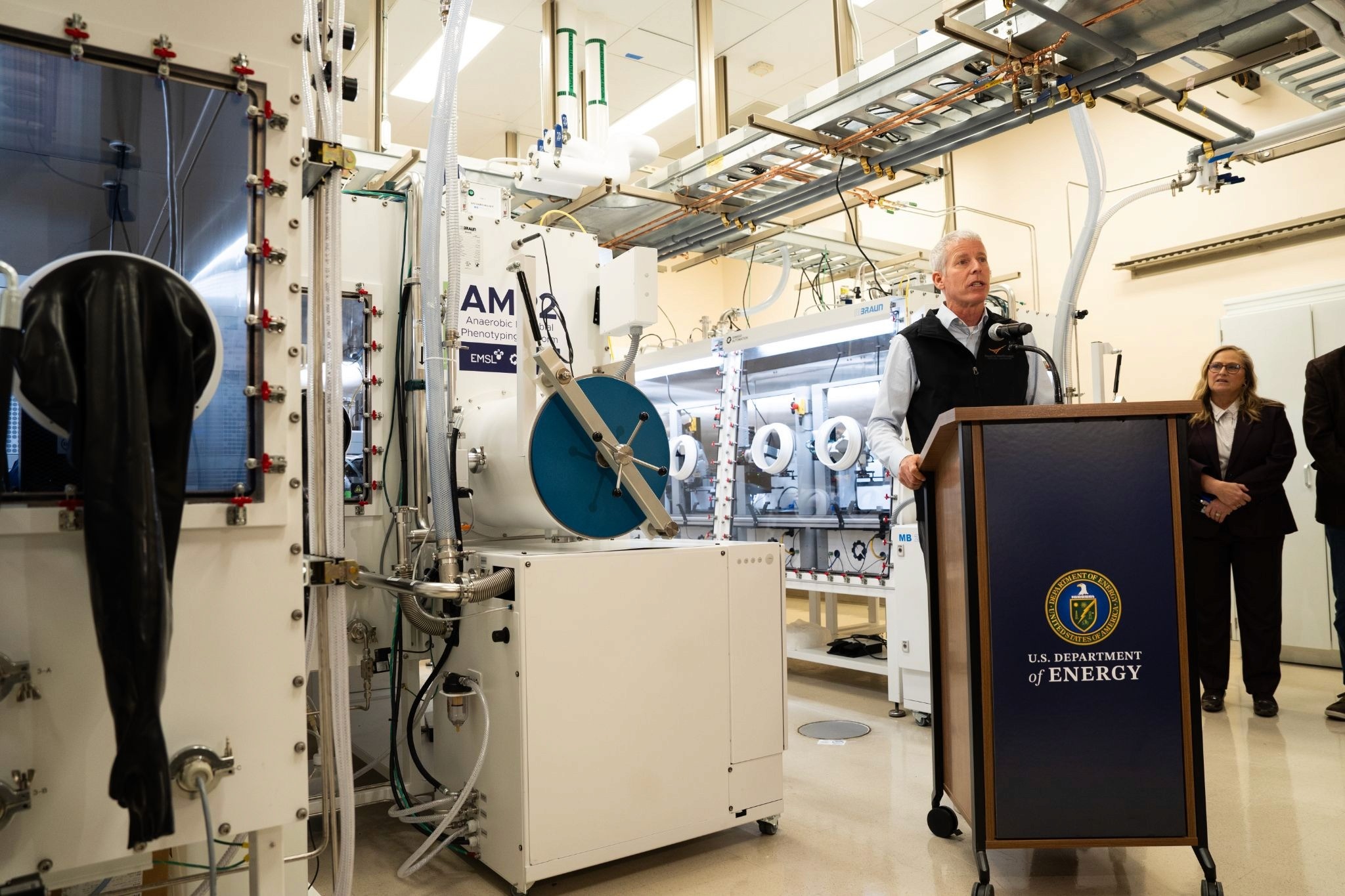Synthetic Yeast Communities Get New Molecular Toolkit to Boost Production
Utilizing specialized yeast strains, scientists open the door to more efficient and eco-friendly production of valuable industrial compounds
Feb 8, 2024
[DALL-E]
Alright, let's cut through the fog of scientific jargon and get down to what's really cooking in the labs of Imperial College London. Picture this: microbes, those tiny critters usually associated with diseases or your yogurt, are now the rising stars in producing everything from medicines to biofuels. And the belle of the ball? Yeast, or as the science folk call them, Saccharomyces cerevisiae.
Now, these researchers aren't just using yeast for your weekend homebrew. They're pushing the envelope, exploring how these minuscule beasts can help us make all sorts of useful stuff more sustainably. But there's a catch: understanding the social lives of these microbes, particularly our pal yeast, is like trying to decipher an alien civilization.
To crack this code, the Imperial team came up with a molecular toolkit. Think of it as a yeast dating app, where 15 different yeast strains either play the role of generous donors, giving away crucial cellular building blocks, or receivers, happily taking them in. It's a bit like a potluck but at a microscopic level. Detailed information on their study was published recently in Nature Microbiology.
Here's where it gets juicy. They put this yeast social experiment to the test by trying to make resveratrol, that antioxidant you've heard about in red wine. They split the resveratrol production process between different yeast pairings, like a microbial assembly line.
Now, let's hear from the horse's mouth. Senior author Dr Rodrigo Ledesma-Amaro says, “Our findings, if replicated across further yeasts and metabolites, have the potential to significantly impact the way we understand and use microbial communities in sustainable bioproduction, from food to biofuels.”
But wait, there's more. They also compared this to the old-school method of using just one yeast strain. And the results? The tag-team approach was better at pumping out resveratrol. It's like discovering that two heads (or, in this case, yeast strains) are better than one.
Adding some scientific gravitas, Dr. Huadong Peng, the first author, remarks: “Our study is the first of its kind to use both mathematical modeling and practical experiments to understand how factors inside and outside the yeast cells affect community growth.”
The future? It's not just about making more resveratrol. They're planning to expand their yeast toolkit, test its long-term stability, and even throw different yeast types into the mix to see what happens.
So there you have it. It's not just bread and beer anymore. These Imperial College scientists are rewriting the yeast rulebook, potentially leading us to a future where we make everything from medicines to biofuels in a way that's not just smarter but also kinder to our planet. Keep an eye on these yeast wizards; they're onto something big.


















